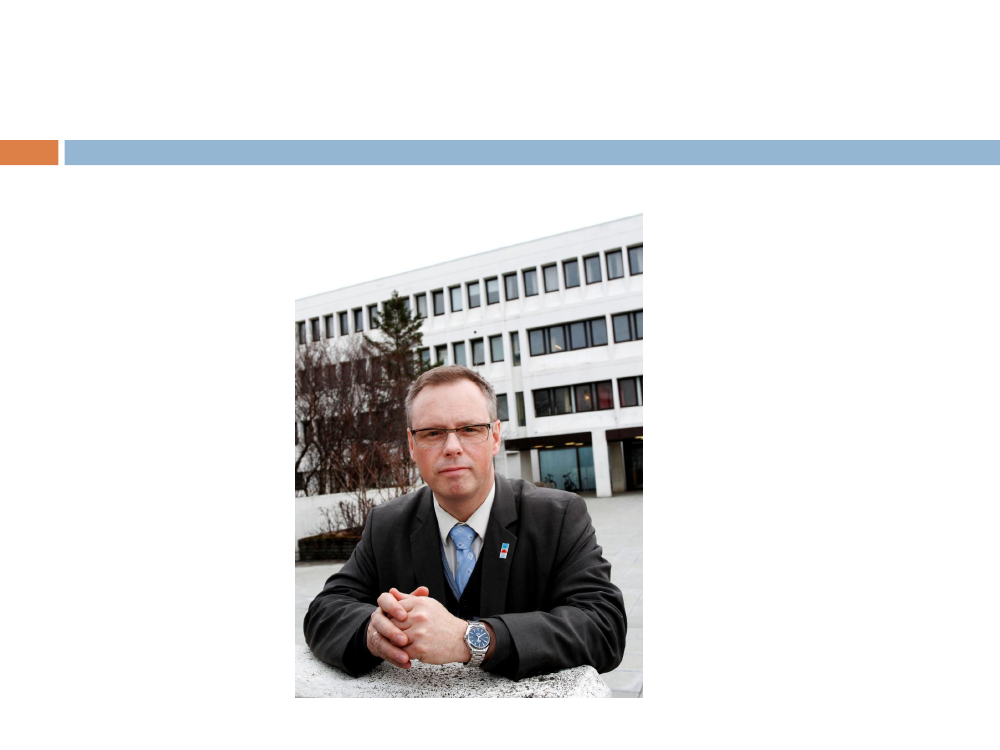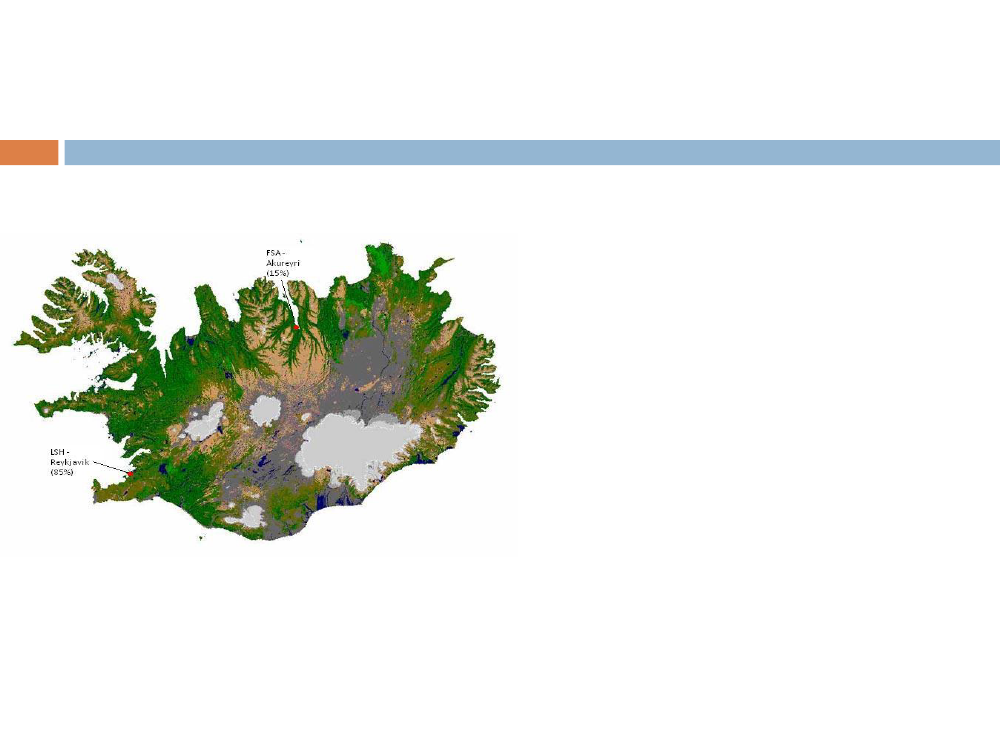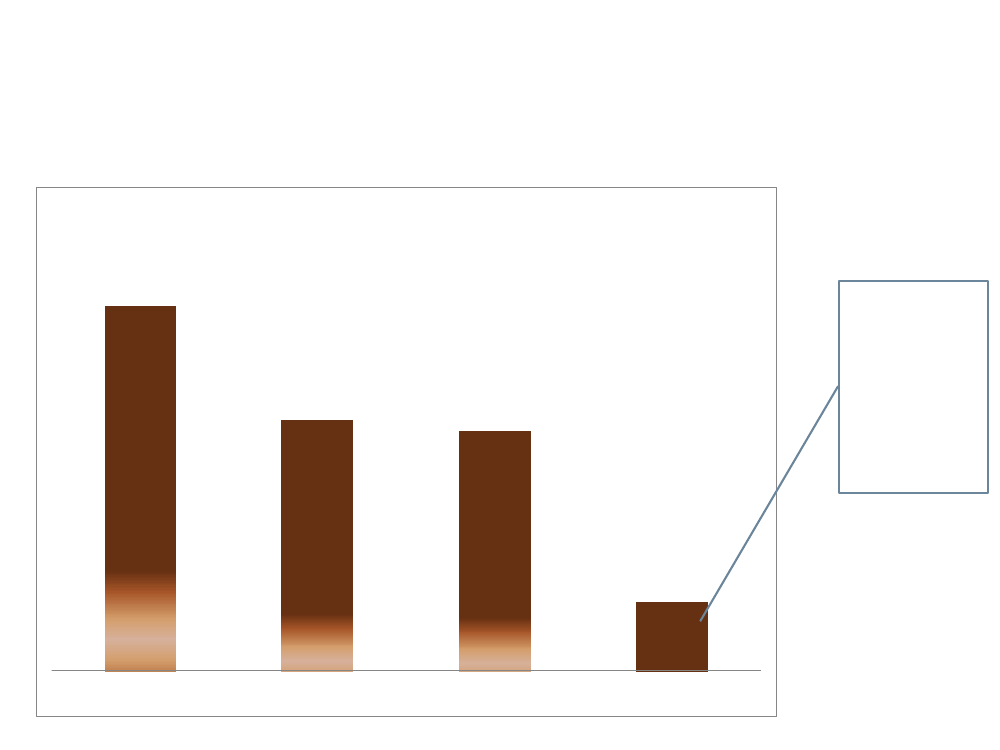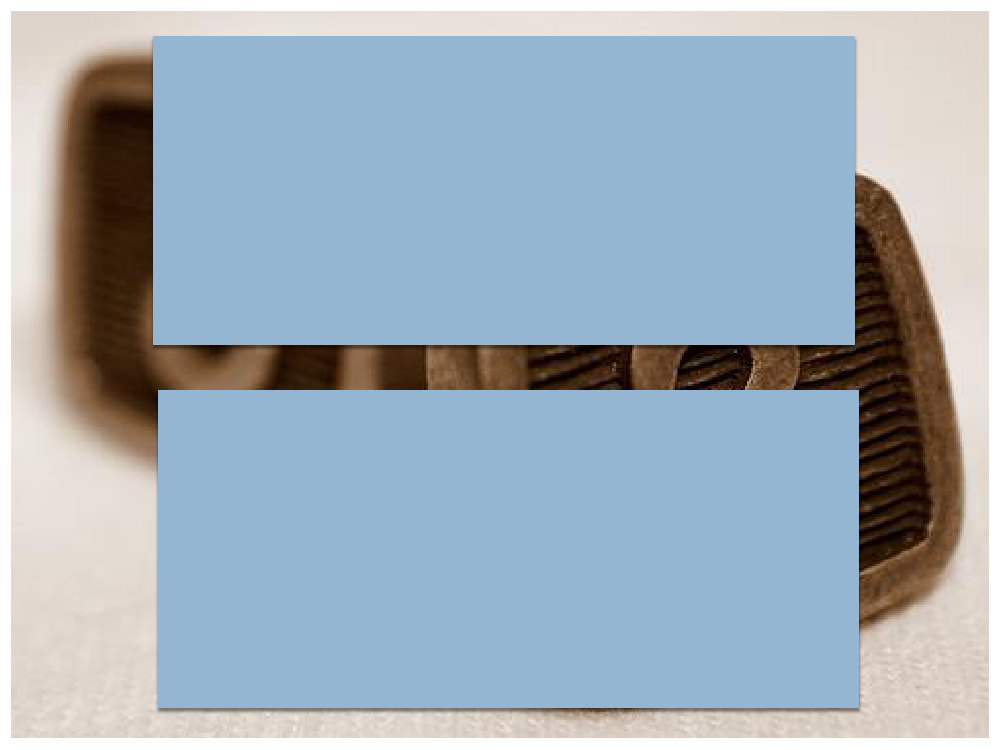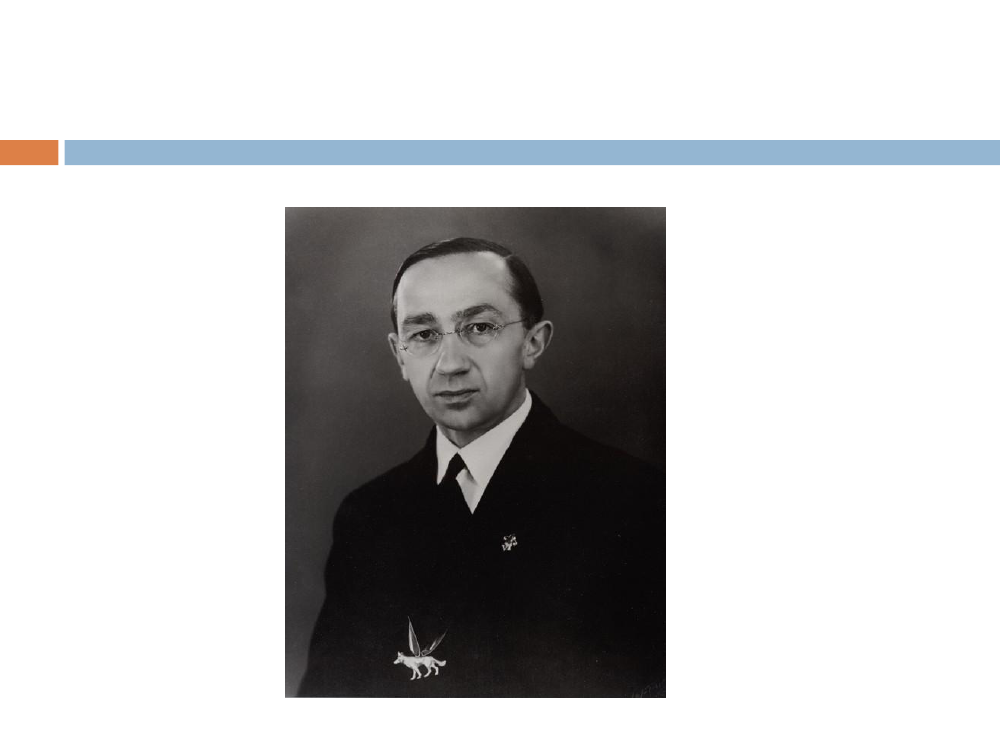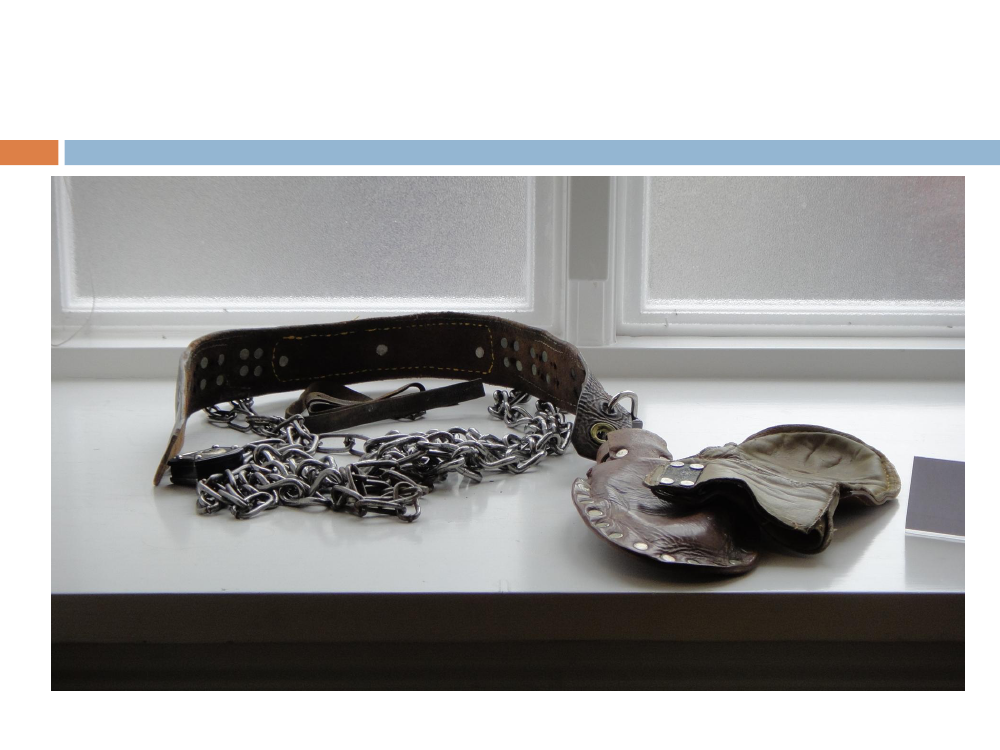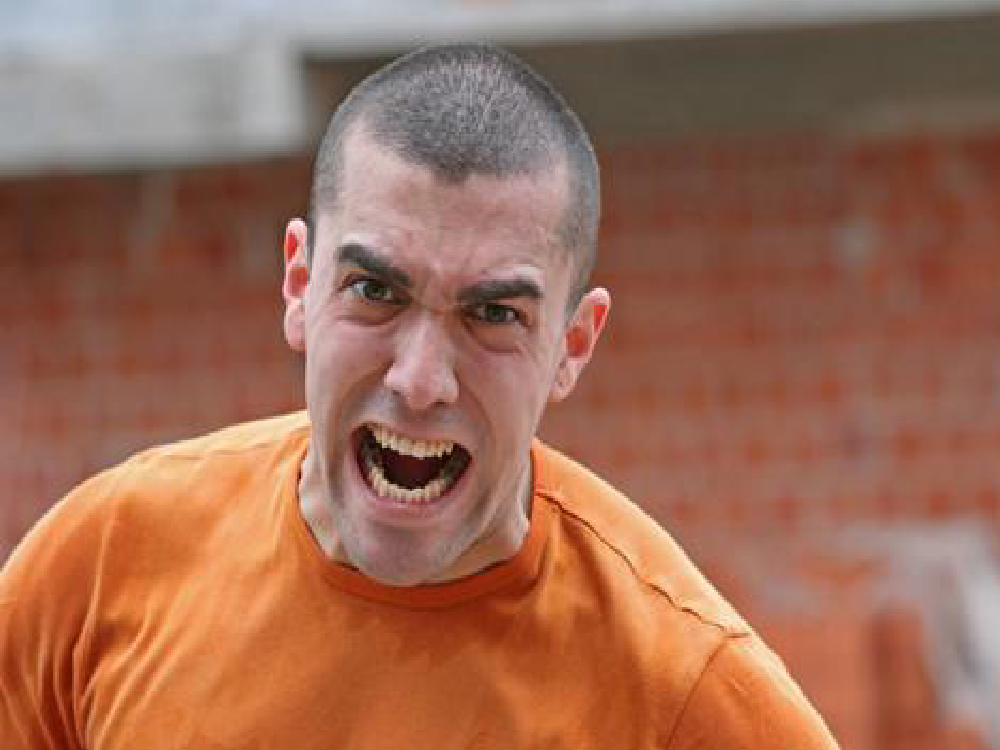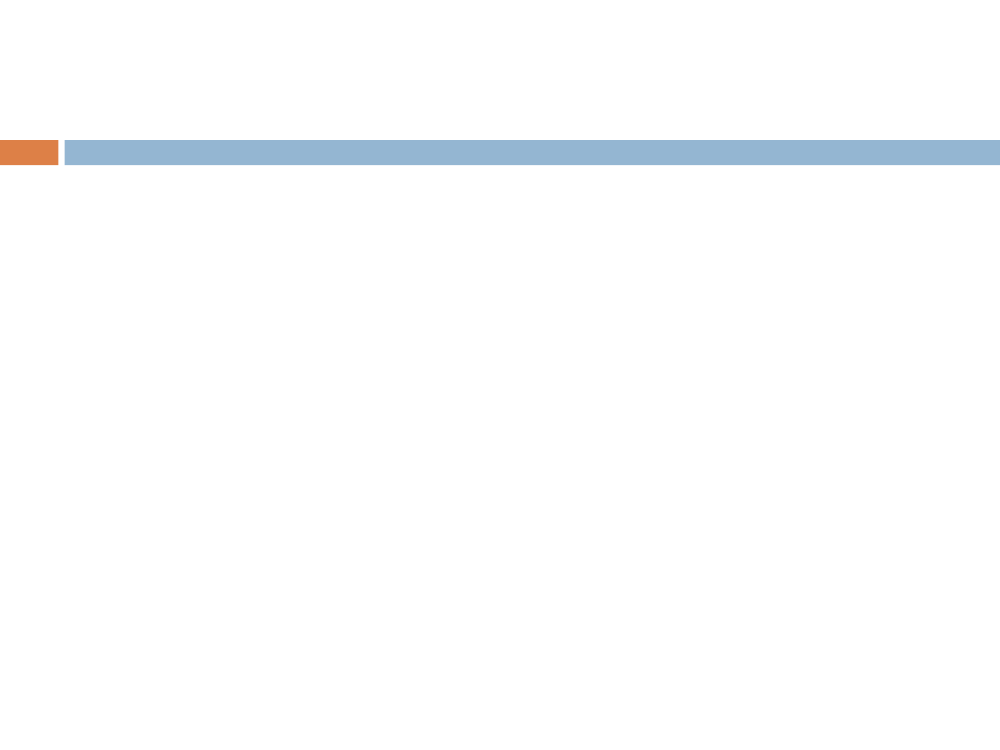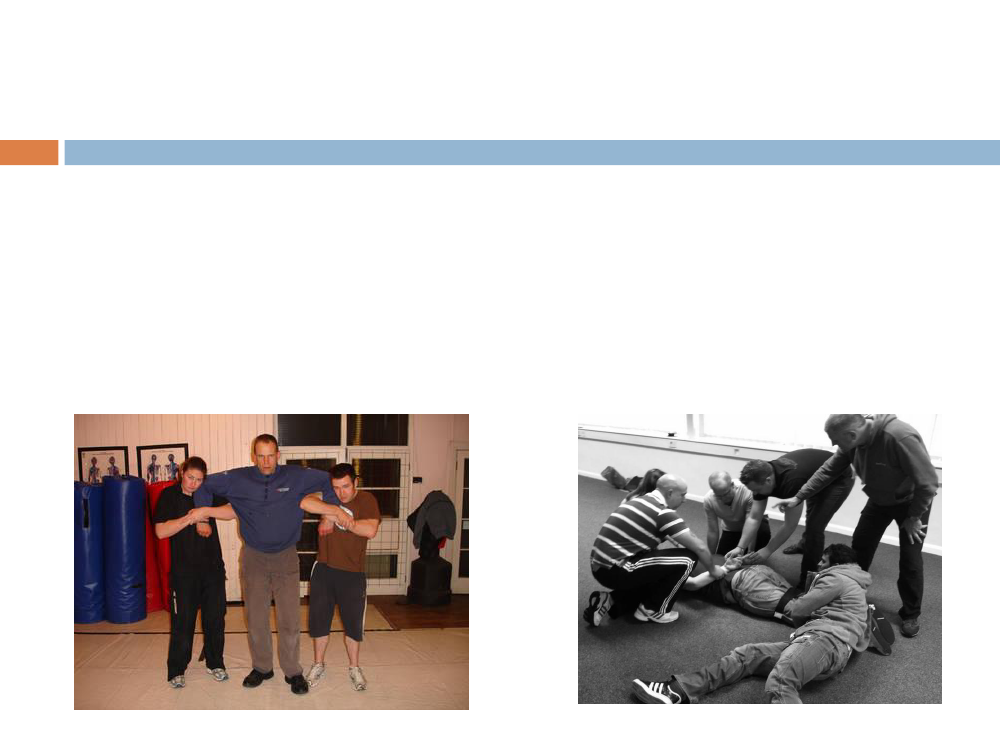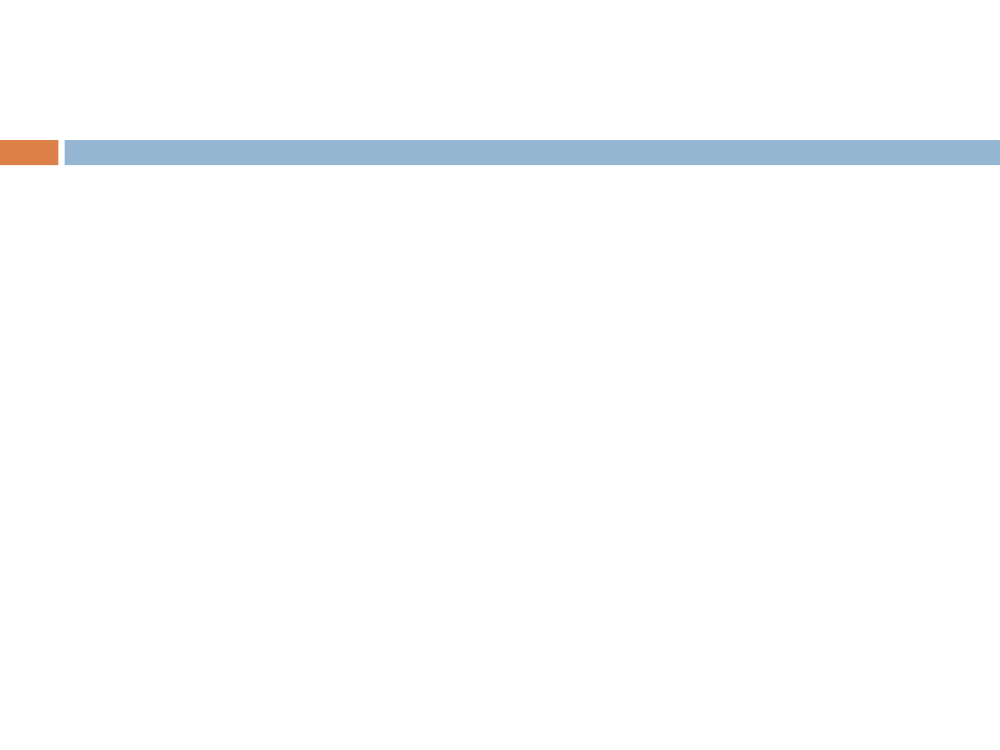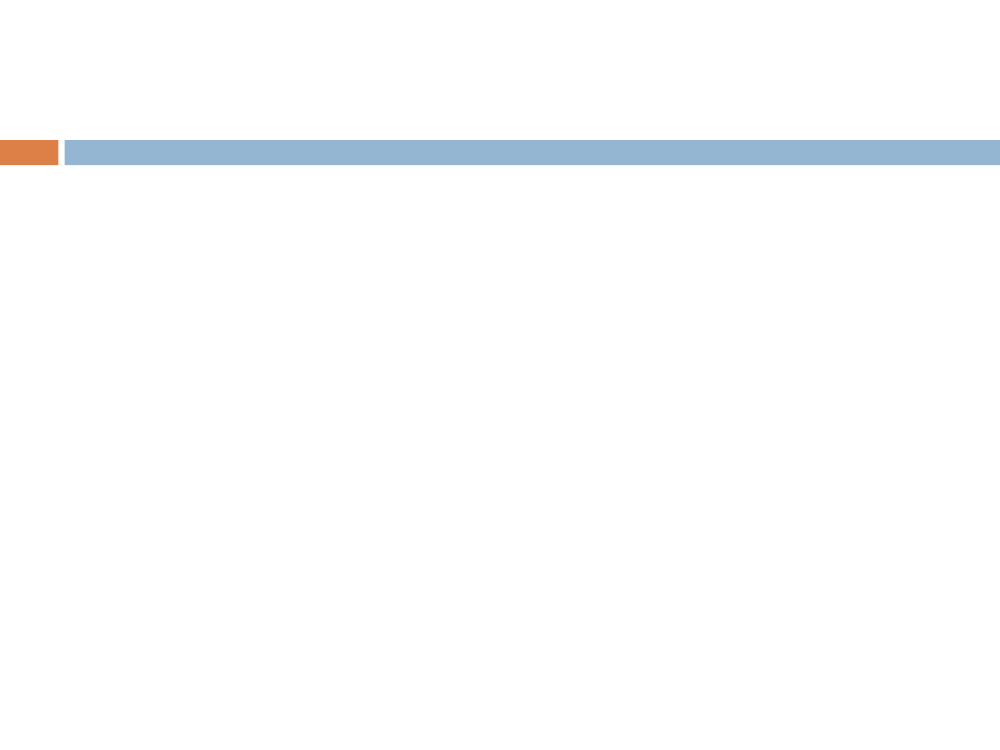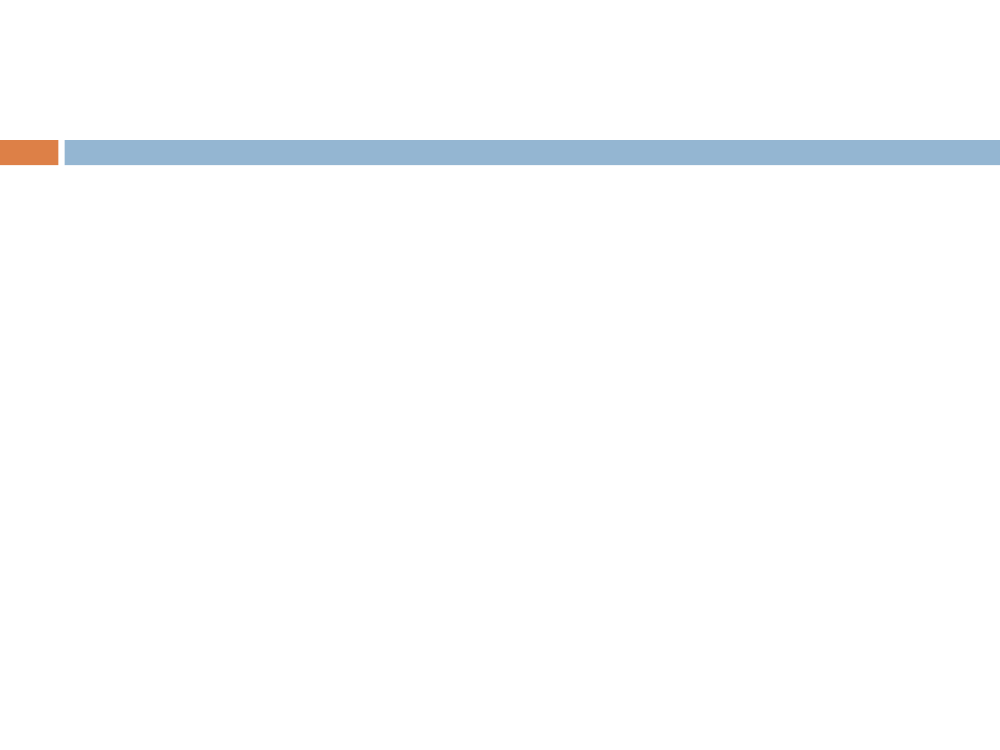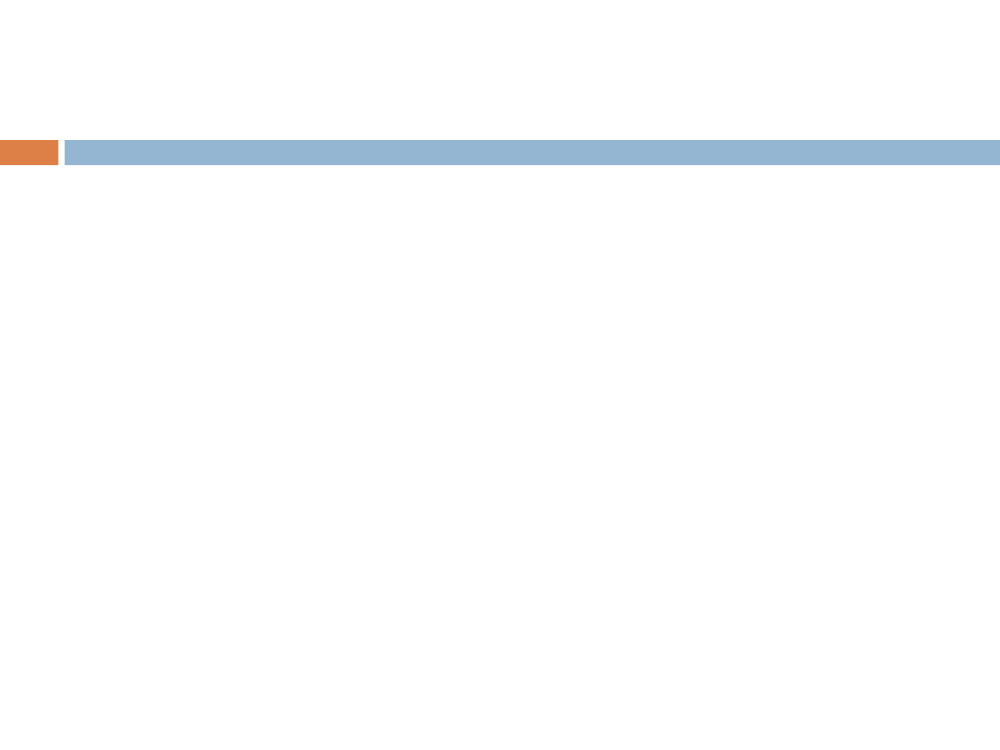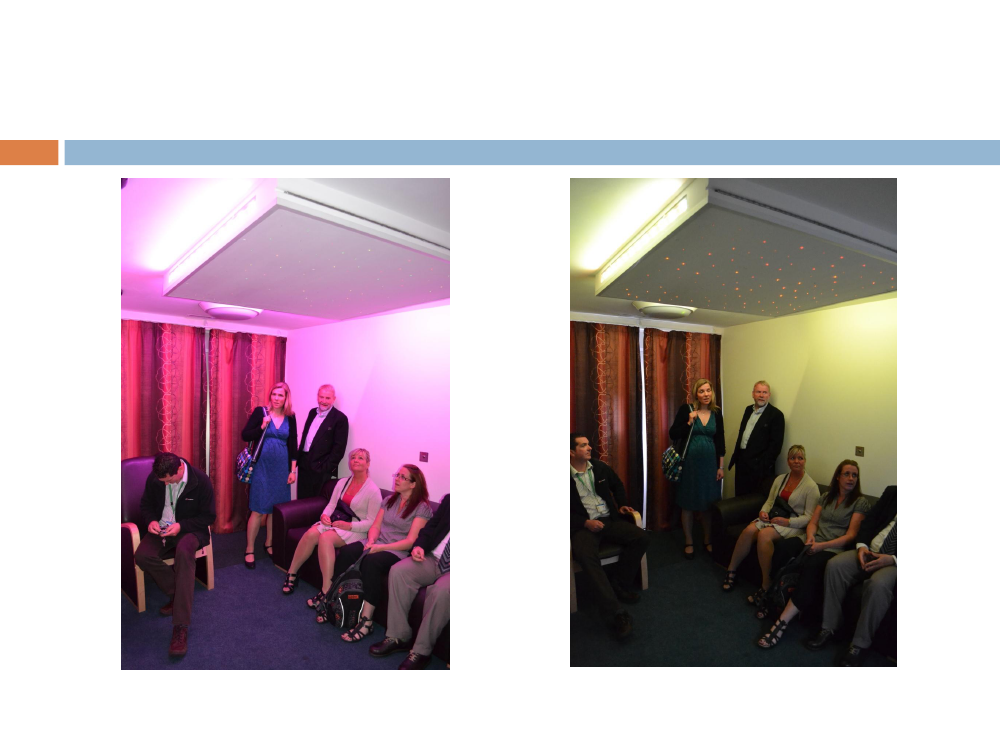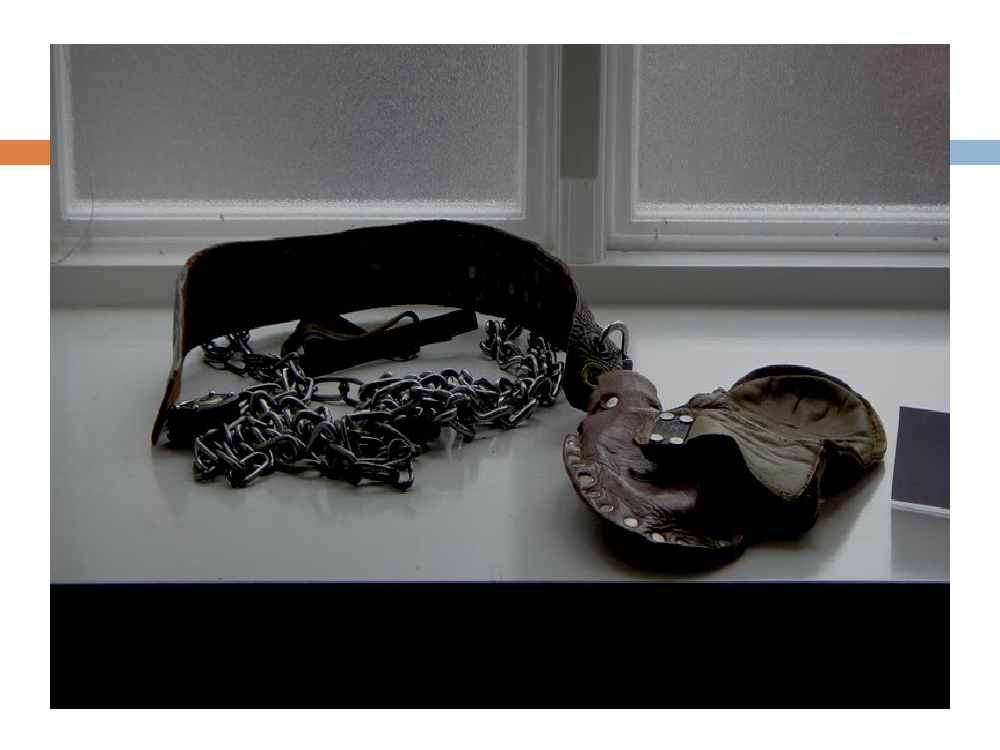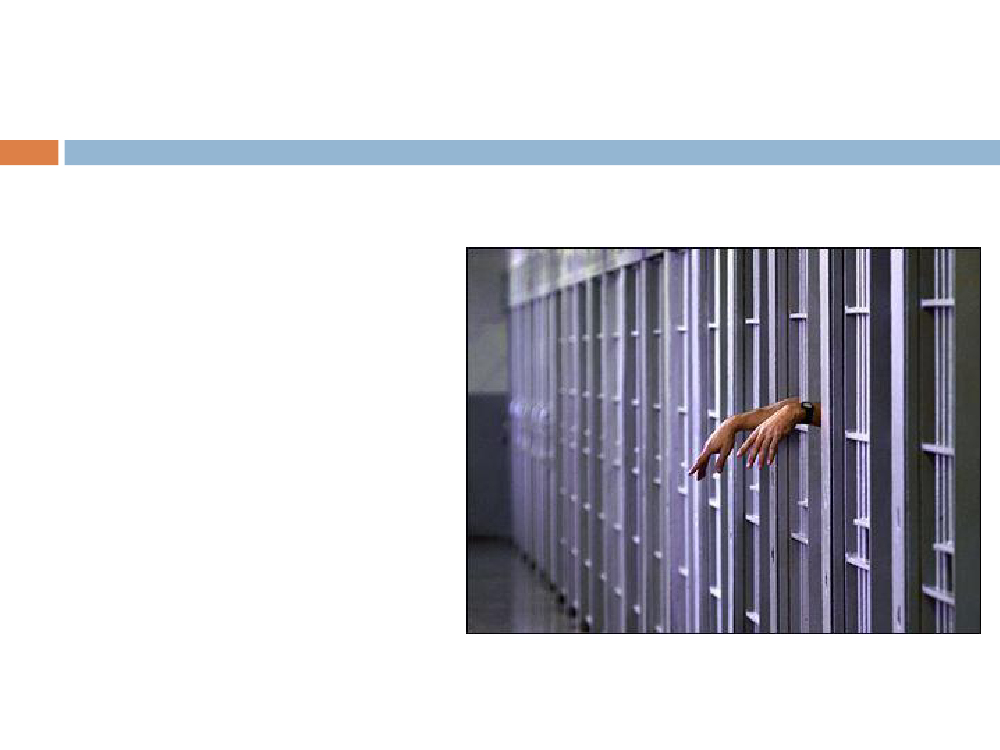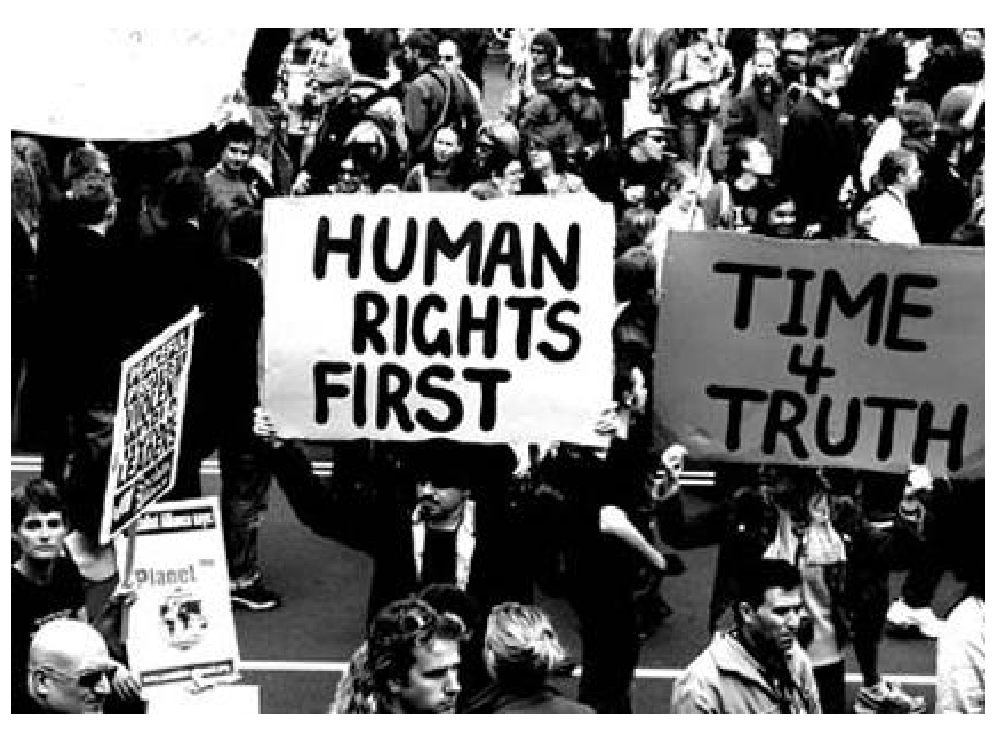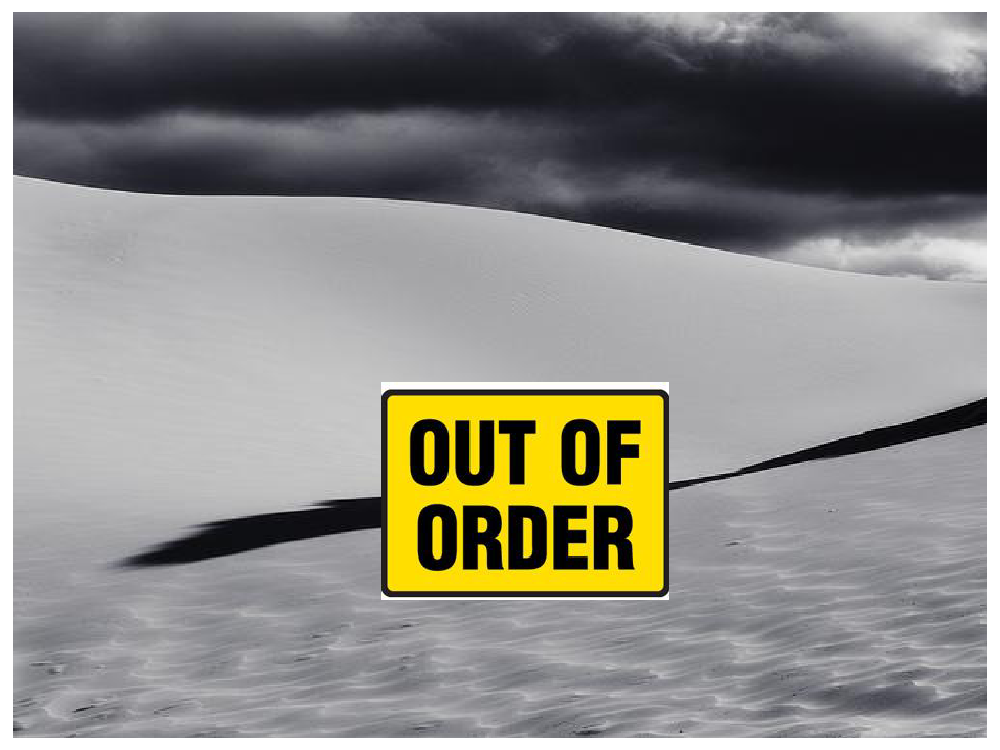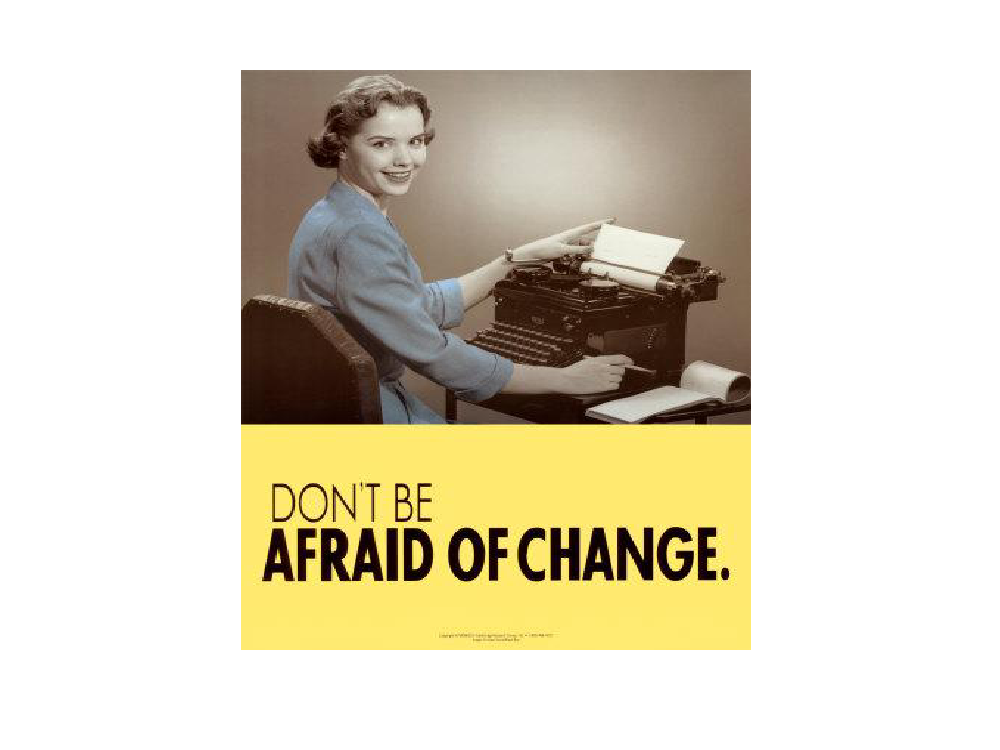Tilsynet i henhold til grundlovens § 71 2012-13
§71 Alm.del Bilag 91
Offentligt
CAN WE REDUCE COERCION INMENTAL HEALTH?Dr. Pall Matthiasson MD MRCPsych PhD
My background
The Icelandic mental health model -features
Landspitalinn covers 85%of 2. and 100% of 3.care (mental health partof general hospitalsystem)No long-term patients(excl. one forensic ward w2 yrs av. stay)Law on capacity – nospecial MH law –( 48 hrs– 21 days – trial)Very low involuntaryadmission rateNo physical restraints
Admissions under coercionRate of admissions under coercionSource: Nordic Minister Council 2004-200532%
22%
21%
Admissionsundercoercion were3,7% of alladmissionsbetween2003-2010.
6%
Finland
Norway
Denmark
Iceland
Why are there so fewinvoluntary admissions?
How do we cope withoutmechanical restraints?
Dr. Helgi Tómasson
Shackles from another age
How can we calm someone who isagitated / aggressive ?
How do we cope without mechanicalrestraints?
Physical restraintsMechanical:
straight-jackets – shackles – belts“Defense teams” – Control & Restraint techniquesThe David Bennett Inquiry – UK 2003
Chemical restraintsMedication
– mainly injections
Environmental restraints– The incident on John Meyer Ward, LondonDe-escalationSeclusion
How do we cope without mechanicalrestraints?
Physical restraintsMechanical:
straight-jackets – shackles – belts“Defense teams” – Control & Restraint techniquesThe David Bennett Inquiry – UK 2003
Notes on Mechanical Restraint
Practice varies widely
Rates of inpatients restrained:from 0% (UK, Iceland), 3% (Finland) to 22% (Poland). Averagefor Europe is 11%USA 11%, Japan 18%Huge variation within countries as wellIn a Japanese study 24% were restrained for over 15 days
Reasons for restraint include
“prevention of excitement” in 47% (Odawara et al. 2005)
Source: Mechanical Restraint of adult psychiatricinpatients: a literature review. City University, London2009
How do we cope without mechanicalrestraints?
Physical restraintsMechanical:
straight-jackets – shackles – belts“Defense teams” – Control & Restraint techniquesThe David Bennett Inquiry – UK 2003
Chemical restraintsMedication
– mainly injections
Environmental restraints– The incident on John Meyer Ward, LondonDe-escalationSeclusion
How do we cope without mechanicalrestraints?
Chemical restraintsMedication
– mainly injections
How do we cope without mechanicalrestraints?
Environmental restraintsSeclusion
– The incident on John Meyer Ward, LondonDe-escalation suites
A de-escalation suite / an alternativeto seclusion
“The question therefore ariseswhether complete (oralmost complete) eradication ofmechanical restraint might not be arealistic goal in the longerTerm”.(Standard 44. European Committee forthe Prevention of Torture and Inhuman orDegrading Treatment or Punishment)
Abuses of involuntary treatment1
UnnecessaryinvoluntaryhospitalizationMistreatment duringthe period ofadmission – physicalrestraints –overmedication -seclusion
1
How can cooercion bereduced in Danish mentalhealth ?


